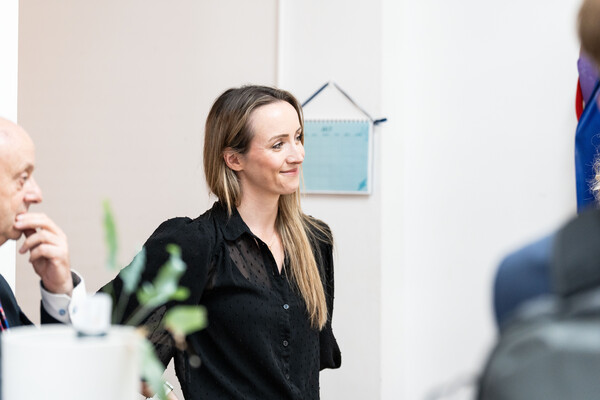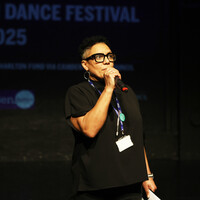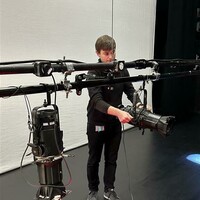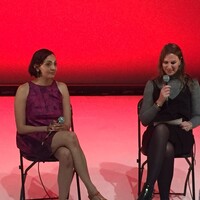Creative Careers Month: Q + A with Stephanie Mattiussi, Head of Dance Science and Health at London Contemporary Dance School
News Story
Stephanie Mattiussi — Head of Dance Science and Health at London Contemporary Dance School — reflects on her path to The Place, the blend of science and creativity that defines her role, and the meaningful impact of supporting dancers’ health and wellbeing across education, research and professional practice.
What’s your role at The Place, and what does a typical day look like for you?
I’m the Head of Dance Science and Health at London Contemporary Dance School (LCDS) at The Place. My role bridges education, research, and wellbeing support. A typical day can involve anything from meeting with students to support injury or physical health concerns and managing their care through our student support services, to planning or delivering the dance science curriculum, analysing health and wellbeing data from our longitudinal research project, or supporting professional companies such as Shechter II through our consultancy services. No two days are ever the same, which is one of the things I love most about the job.
How did you find your way to The Place?
My background is in contemporary dance and dance science, and before joining LCDS I worked across both educational and applied settings, supporting dancers’ health, performance and wellbeing. I joined The Place just over three years ago, initially focusing on integrating health and wellbeing more deeply into the curriculum and leading our Physical Support Team, before expanding the role to include research and consultancy. I hold an undergraduate degree in contemporary dance and postgraduate degrees in Dance Science and Higher Education Academic Practice. Prior to working at The Place, I held similar roles at smaller organisations and also spent time as the Manager of the National Institute of Dance Medicine and Science (NIDMS).
What do you enjoy most about your work?
Seeing the tangible impact of our work on students and artists — whether it’s a student discovering new confidence in managing their health and wellbeing, or a professional company developing healthier touring practices. The journey through physical health or injury challenges can be tough, and being in a position to lighten that load, even a little, is a deeply rewarding part of the job. I also enjoy collaborating with such a wide range of people — educators, health professionals and artists — all working towards the shared goal of supporting sustainable creative careers. Finally, there’s nothing better than seeing someone the Student Support Team has worked closely with flourish on stage after a journey of healing or recovery.

What’s one part of your job that people might be surprised to learn about?
That we take a scientific approach to dance training design. For example, we use periodisation (a method adapted from athletic training) to plan and balance physical workloads across the term. This helps dancers perform at their best while minimising injury risk and supporting recovery.
Has there been a favourite project or standout memory during your time here?
There have been many, but a few highlights include representing The Place at the International Association for Dance Medicine & Science (IADMS) Conference in Italy, where we shared our work on periodisation. I am also immensely proud of our longitudinal health and wellbeing study, which has been running since 2019 and continues to shape how we support students. Another highlight was leading the recent Shechter II UK Tour wellbeing consultancy, which extended our impact beyond the higher education setting.
Which skills do you use most often in your role?
Empathy, communication, and adaptability are at the core of everything I do, alongside analytical and research skills when interpreting data or designing interventions. It’s a balance of science, strategy, and people skills — all working in service of creative practice.


